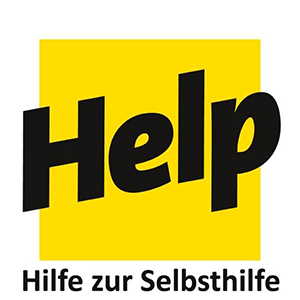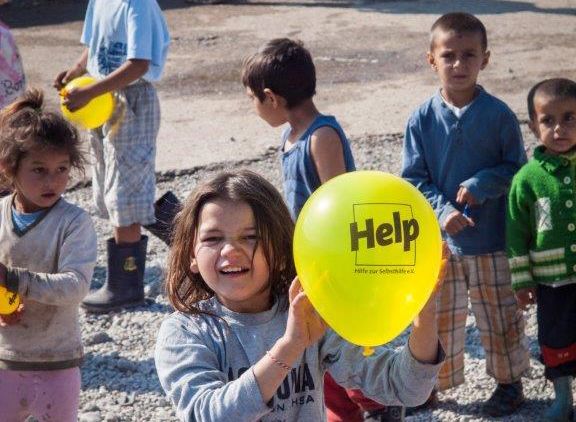:: PROJECT
Mon – 25 Construction of 950 m² meters living space for Serbian refugees
:: DONOR
German Foreign Ministry
:: REALISATION / BUDGET
End of 2003 :: € 413.275
:: SHORT DESCRIPTION
Apart from the approximately 29.000 displaced from Kosovo there are still 14.418 Croat and Bosnian refugees living in this republic. The government of Montenegro reckons that most displaced persons and refugees will remain in the country. According to a survey carried out by the United Nations High Commissioner for Refugees (UNHCR) and the Commissariat for Displaced Persons in May 2002 a mere 24% of refugees have indicated that they still want to return to their place of origin. Most of the refugees are determined to stay in Montenegro and to fully integrate themselves into the Montenegrin society. However, the influx of refugees and displaced persons burden public services in Montenegro and in its capital of Podgorica where many new arrivals hope for better chances to set up their new lives.
Unsatisfied needs for adequate housing were identified by the Regional Return Initiative of the Stability Pact for South-eastern Europe to be one of the most serious impediments to the implementation of sustainable solutions for displaced populations in South-eastern Europe. A solution for this problem remains however a precondition for long-lasting stability in this region.
Klaus Mock, Head of HELP signins contract for construction of refugees houses with the Mayer of Podgorica, Dr. Miomir Mugosa
Many of the uprooted have been received by relatives or friends and live now together with them under narrow conditions. 709 persons in Podgorica live in a so-called “family settlement.” This settlement basically consists of apartment blocks with one room per family and two families sharing a bathroom. There are no kitchen facilities. The conditions in this settlement are rather crowded as in the meantime two or sometimes even three generations have to share the one room allocated to them. These apartment blocks were built in the early 1990s as temporary shelter until the return of the inhabitants to their place of origin. The large number of inhabitants and the not very solid way of construction (which was intended for a temporary shelter) result in a steady deterioration of the living conditions in the settlement. Situated in the immediate vicinity of the Roma camp Konik I and Konik II and near the city dump the settlement leaves a mark of stigmatisation and ghettoisation on its inhabitants and thus prevents their complete integration into the Montenegrin society. In general it can be concluded that living conditions of refugees and displaced persons, especially of those housed in collective centers, are substandard and even miserable.
Project site
With the financial support of the German Foreign Ministry HELP will therefore construct some 25 new apartments for Serbian refugees and thus allow them to fully integrate into the local society.
:: Project description
Construction of a total of 950-m2 living space for 80 Serbian refugees with an average of 38-m2 living space per apartment subject to the size of the families split into 24 to 26 units. The municipality of Podgorica has agreed to provide the plot of land for the construction of the buildings inclusive the connection to the public services such as water and electricity. The land is situated in the immediate vicinity of an existing settlement.
Proposed buildings
The municipality of Podgorica will become the legal owner of the buildings; however, it will guarantee that they will not be privatised for at least 10 years and that the beneficiaries selected by HELP will be able to live in these premises for at least 15 years.
For the selection of the beneficiaries HELP will endeavour to arrive at a sound and socially and economically viable composition in order to ensure sustainability and avoid stigmatisation and ghettoisation of the refugee buildings. The future inhabitants will have to pay for maintenance of the buildings as well as a rent even if just a nominal one. However, only needy persons without property may be considered. For this purpose HELP will cooperate with UNHCR and other organisations in order to check whether applicants have received back their property in their places of origin (which means that they do not qualify for assistance under this programme).
It is expected that the new apartments will be ready for moving in towards the end of 2003.



